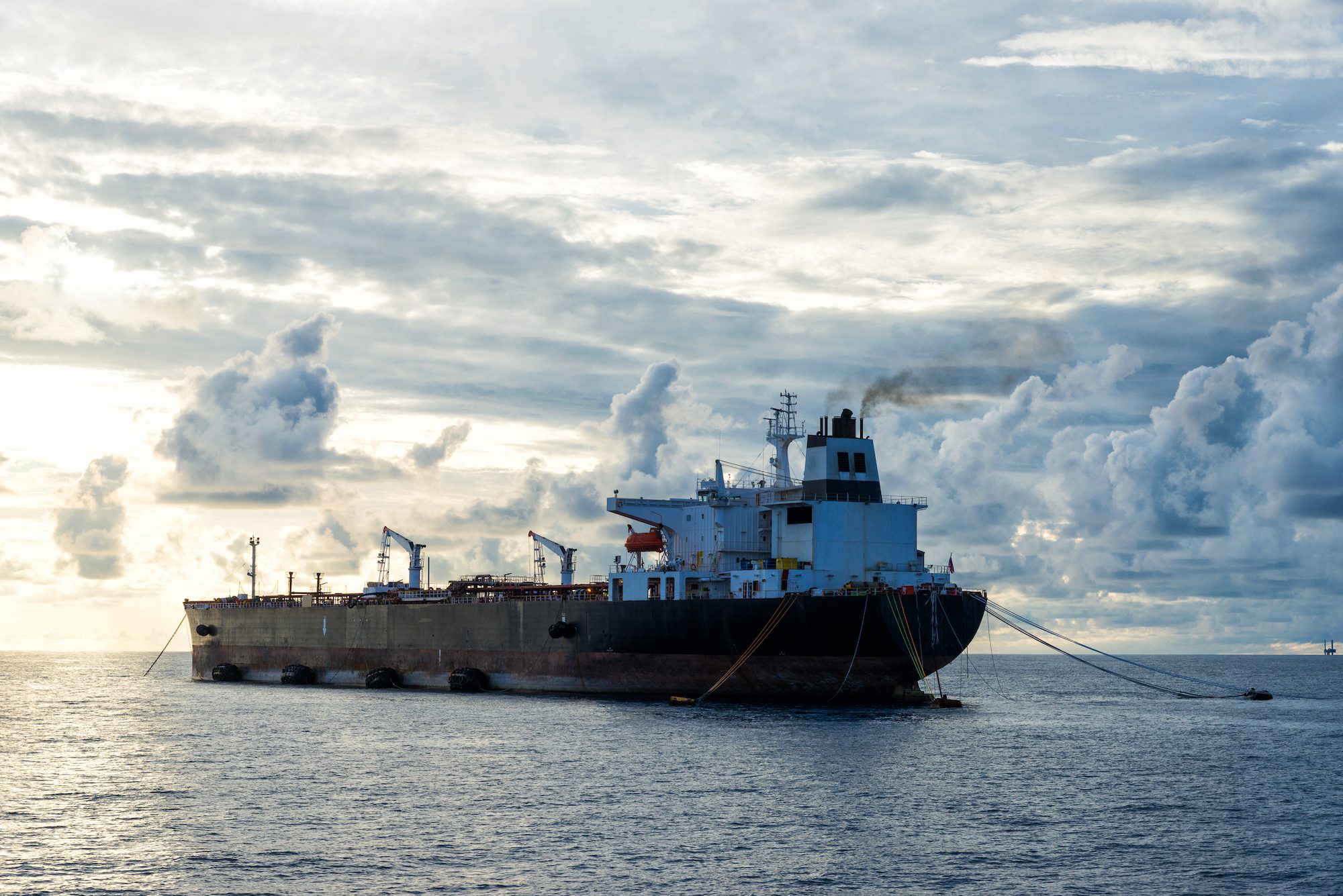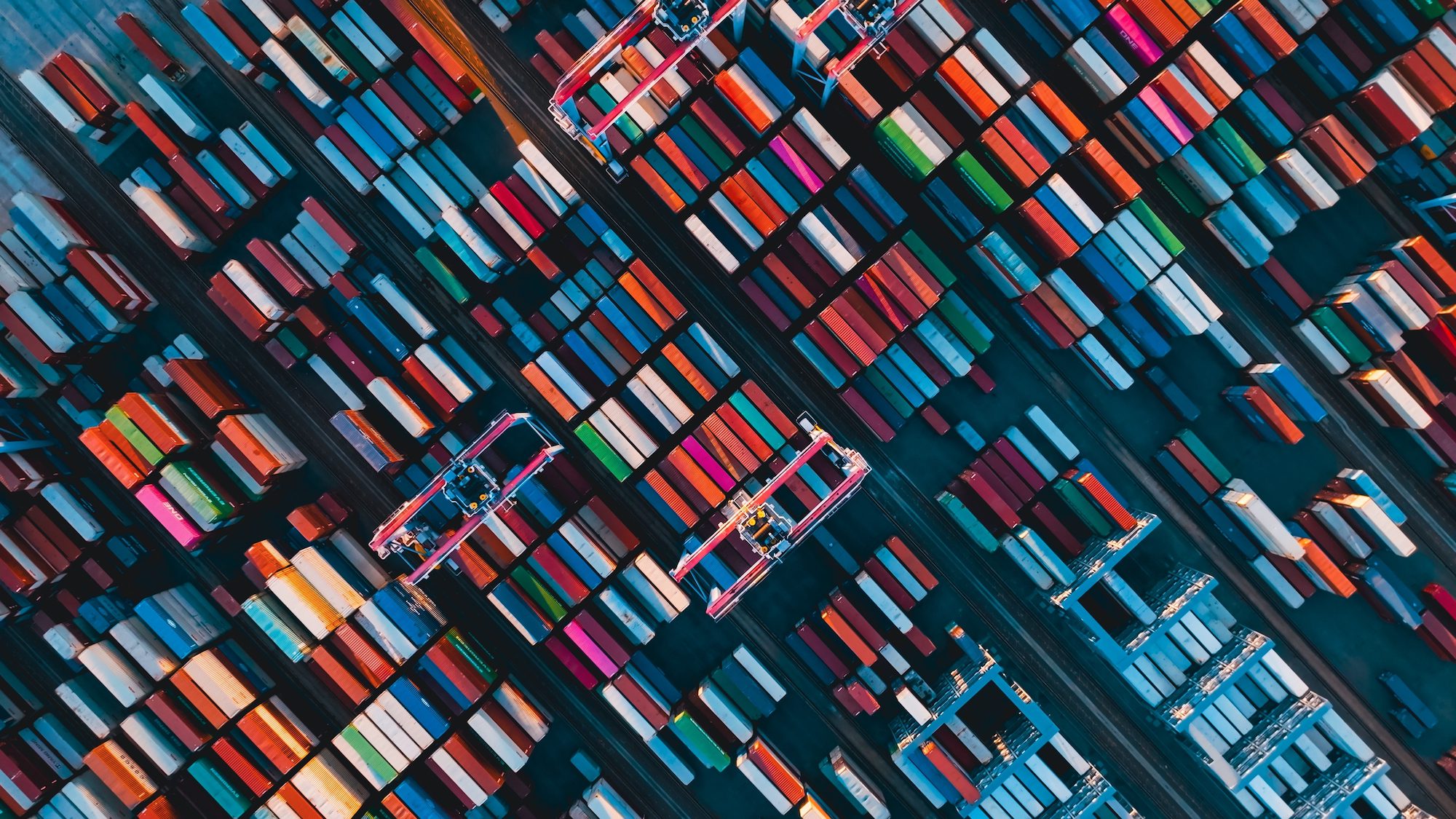By Augusta Saraiva (Bloomberg) —
The $5.25 billion expansion of the Panama Canal doubled its capacity in 2016, allowing the world’s largest cargo ships to sail more easily to America’s East Coast from Asia. Now, one of those giant vessels has been stuck near the U.S. capital for more than a week.
Evergreen Marine Corp.’s ship Ever Forward ran aground in the Chesapeake Bay after departing the Port of Baltimore’s Seagirt Marine Terminal on March 13 and hasn’t moved since, according to mapping data compiled by Bloomberg.
On Sunday, experts led by the U.S. Coast Guard launched a dredging operation to refloat the 334-meter (1,096-foot) vessel, which was en route to the Virginia International Gateway terminal in Norfolk. So far, the Hong Kong-flagged ship is not disrupting trade.
The Ever Forward was scheduled to call four U.S. East Coast ports after departing China on Feb. 2. Although the carrier has been operating the route for more than two decades, it was only recently that its U.S.-bound mega vessels ventured beyond the West Coast, said Sal Mercogliano, a professor of maritime history at Campbell University in North Carolina.
Such diversions accelerated as container carriers increasingly turned to the East Coast in the second half of 2021. That’s when supply-chain disruptions peaked on major transpacific routes, including the snarls at the country’s busiest ports — Los Angeles and Long Beach, California.
“This is part of the growth out of the backlog of the supply chain,” Mercogliano said in an interview. “To beat the backlog in L.A. and Long Beach, a lot more companies are using ships like Ever Forward to send their cargo directly to the East Coast.”
After the Panama Canal expansion was finished, giant ships that didn’t originally fit the waterway began sailing from Asia to the East Coast. In January, 283 of the world’s biggest vessels crossed the canal, compared with 59 when it concluded the expansion in July 2016.
The first ships Evergreen sent to the East Coast in the 2000s could only handle about 2,700 containers measured in 20-foot equivalent units, a little more than a fifth of Ever Forward’s capacity. Now, ships carrying 12,000 containers can easily pass the waterway.
At the same time, U.S. seaports have been carrying out dredging operations to accommodate ships requiring deeper drafts. Baltimore, the last port the Ever Forward called before running aground, is an example of that. Along with bigger cranes and deeper berths, the country’s 10th-largest trade gateway is working to dredge an extra 50-foot berth and to expand a railway tunnel that will allow trains to carry twice as many containers. Ports from Florida to Texas have also started pitching for extra cargo following optimization efforts.
Meanwhile, trade through the West Coast is still struggling with delays. The Port of Los Angeles isn’t expecting operations to go back to normal at least until the second half of the year, Executive Director Gene Seroka said in an interview with Bloomberg Radio last week. Yet, the number of ships en route to Los Angeles from Asia has declined to 43 from more than 100 at the peak of the crisis, he added.
“No one is taking a victory lap yet,” Seroka said. “There’s much more work to do.”
To be sure, it’s still unclear what led the Ever Forward to run aground. What officials do know, is that the accident may serve as a cautionary tale of what can go wrong when ships don’t have enough room to avoid getting stuck.
“The lesson here is that it’s not only about bringing in bigger ships, it’s about the infrastructure,” said Nathan Strang, director of ocean trade-lane management at logistics firm Flexport Inc.
But in the case of the Ever Forward, which resulted in deja vu for those who remember when another Evergreen ship got stuck at the Suez Canal for nearly a week last year, disrupting global trade for months, “it could just be bad luck,” Strang added.
© 2022 Bloomberg L.P.

 Join The Club
Join The Club










